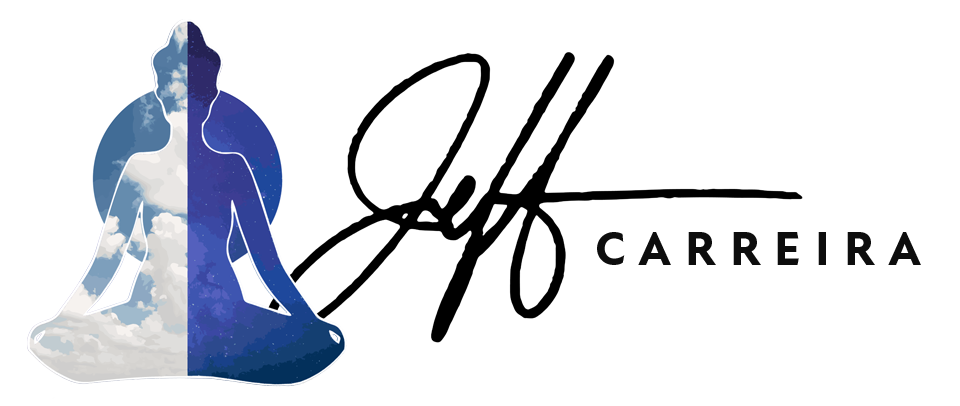It requires a very unusual mind to undertake the analysis of the obvious.
– Alfred North Whitehead
In the current paradigm there is a strong belief that there is only one reality. We hold as unquestionably true that underneath the seeming multiplicity of real things there is one truth that they are all a part of.
Western culture is built on a foundation laid by the monotheistic Judeo-Christian religious traditions. Those traditions were founded on the core belief that there is only one God.
One of the legacies that religious monotheism has left in Western culture is the assumption of one truth. So strong is this assumption in the Western psyche that it is almost literally unquestionable.
Of course we all know that there are relative truths. Something might be one way for me, I love coffee for instance, and another way for you, you despise coffee, but these are relative truths, matters of taste and opinion.
We also realize that there are culturally dictated truths. Americans see things one way, aboriginal tribes people see things differently. Still we assume that ultimately there is one reality underneath all of our individual opinions and cultural beliefs.
To illustrate this for yourself ask the question, “Can two things be both contradictory and true?” If you think about it you will find it is very difficult to imagine two things being both contradictory and true unless one or the other or both are relative truths and don’t represent some intrinsic characteristic of reality.
When we say something is real in the ultimate sense we are saying that its existence and its validity are beyond question. It is self-evidently real and true. Reality needs no proof because its existence is seen as the proof of its reality.
The earth being flat was at one time held as unquestionably true. You didn’t need to prove that the world was flat. All you had to do was look out over the horizon and it was obvious. It was so obvious in fact that only in a very unusual mind would the question even arise to ask.
The most functionally valuable definition of reality is that collection of things that we hold as so obviously true that it wouldn’t occur to us to question them. These self-evident truths make up the rock solid foundation of any paradigm.
The assumption that there is only one reality is a philosophical predisposition that maintained its hold on the Western psyche directly through the renaissance, the Enlightenment, and the scientific revolution that gave birth to the modern world.
The rationality that shapes the modern mind was built very consciously on top of a monotheistic tradition. Many of the intellectual giants of the Enlightenment such as Rene Descartes and Sir Isaac Newton were very directly trying to harmonize their belief in God with their quest for reason and mounting scientific discoveries.
Eventually the belief in the power of reason and science began to displace the belief in the power of God, but the monotheistic assumption had already asserted itself as an assumption of one truth.
When I say this I am not referring to the belief that science has privileged access to truth. Sure, some people believe that only scientific investigation can tell us what is true, but this is not a belief of science. In the sciences it is never assumed that we have discovered the truth at all. Instead we continually determine the best fit to existing data, which is our best guess at the truth, but it is always assumed that today’s best guess will be replaced eventually by a better one.
I am talking about something much more subtle and pervasive. It is the belief that there is some unchanging reality that is singular and true always and everywhere that underlies all of our experience.
This assumption about reality leads us to experience ourselves as passive observers of a reality that exists beyond us. We imagine that there is a reality that is out there that we perceive through information passing through our senses.
We know that what we observe with our senses might be distorted or mistaken, but we still believe that there is one reality underneath all of our mistaken assessments of it.
The 19th century American philosopher Charles Sanders Peirce had a mind unusual enough to question the obvious. Peirce worked for the Coast Guard mapping the coastal ocean floor. This involved dropping plum lines to measure the depth of water in different spots and then creating a relief map from the data.
Peirce was an expert in measurement and logic. He was aware as any scientist would be that when you make the same measurement more than once you typically get different results. This is especially true if you are trying to make measurements that are very precise.
The obvious reason for the difference in our measurements is human error. We all learned this in our high school science classes. You are always asked to take multiple measurements and use the average of them. It is assumed that the average of multiple measurements will give a more reliable result than any single measurement in isolation.
Peirce wondered about this and his very unusual mind came up with a different, equally plausible, explanation. Maybe our measurements are not in error. Maybe the the things we are measuring are fluctuating and every time we measure something we get a different measurement because the thing itself is different.
Peirce spent his lifetime attempting to develop a philosophy that could describe a reality that was not fixed. Everything in Peirce’s reality is in a state of constant fluctuation. Although at the scale of normal human perception many things look stable and constant. At the levels of our most precise measurements nothing remains unchanged.
His attempts to explain the fluctuating nature of reality led him to another unusual conclusion. We are not passive observers of a reality that exists independent of our observation of it. Our observations shape reality. Reality to Peirce had to be experienced. There might be something that exists independent of experience, but whatever that is would not constitute reality.
Reality to Peirce could not be found in either the thing observed or the observer alone. Reality always emerges in the relationship between the observer and the observed. The observed influences the experience of the observer and simultaneously the observer influences the reality of the thing observed.
Reality is not a static something that exists independent of us. Reality is an ongoing dance between us and the world. Neither we nor the world is ultimately real. The dance is.
The reason we don’t get the same measurement twice is because our previous measurements have affected the reality of what we are measuring. This is a very odd idea for us today, but in the 1860’s when Peirce started his musings it was even more unusual.
Peirce’s philosophy was an inspiration to Werner Heisenberg who was one of the architects of quantum theory and the founder of what is known as Heisenberg’s Uncertainty Principle which essentially says that because the act of measuring affects reality we can only be certain of one measurement at a time. If I measure one thing now it will affect the thing that I measure so I cannot be certain that any previous measurements still hold true.
Peirce never successfully completed his philosophical project. He was never able to fully redefine reality in this threefold way and describe to his own satisfaction the ceaseless interplay between experience, experiencer and that which is experienced.
I believe the new paradigm will incorporate this interactive and participatory view of reality. Reality will cease to be assumed to be a static truth that holds in all places at all times under all circumstances. Instead it will be seen as an ever-changing fluctuation than exists in the instant of being experienced before yielding unceremoniously to the reality of the next.


